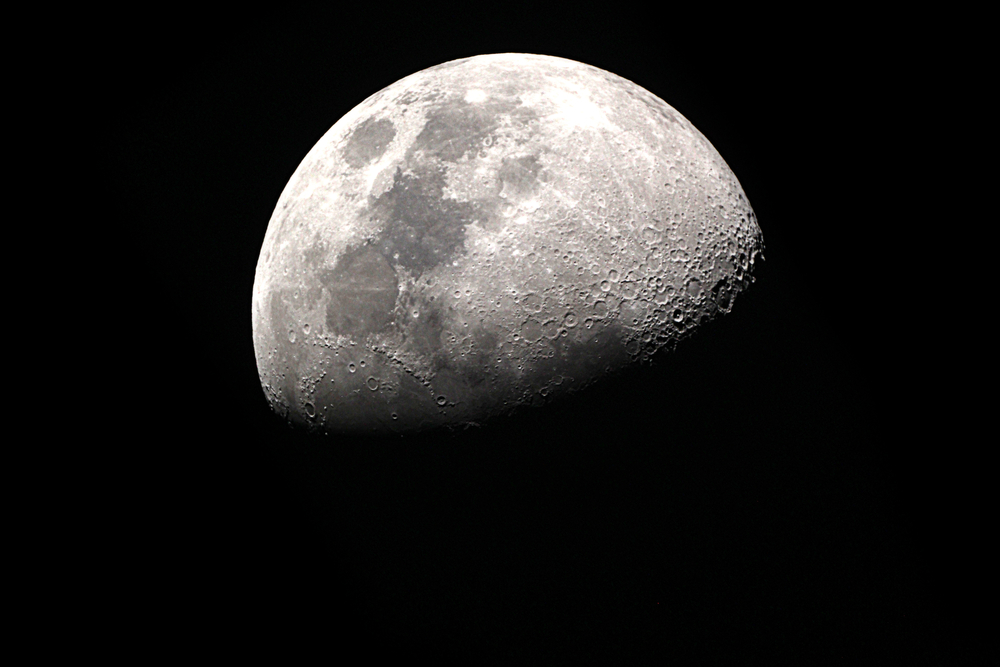It would include genetic material from all known animal, plant, and fungi species on Earth.

There are several initiatives looking to preserve genetic material from plants; the Svalbard Global Seed Vault in the far north of Norway is probably the most famous.
The idea behind such projects is that Earth is losing its biodiversity at alarming rates, that it will probably continue to lose more and that we should, somehow, try to save genetic material in the event of a crisis. A new proposal from Jekan Thanga, who heads the Space and Terrestrial Robotic Exploration (SpaceTREx) Laboratory at the University of Arizona, is a…slightly more extreme version of that seed bank.
Thanga’s proposal is more of a thought experiment than an actual proposal that has any chance of being put into action. But here’s the idea: a solar-powered bank, on the moon, that holds genetic material from all 6.7 million known species of plant, animal and fungus on Earth.
“Earth is naturally a volatile environment,” Thanga said in a press release. “As humans, we had a close call about 75,000 years ago with the Toba supervolcanic eruption… Because human civilization has such a large footprint, if it were to collapse, that could have a negative cascading effect on the rest of the planet.”
The idea relies on a 2013 discovery of tubes just beneath the moon’s surface. Scientists believe these tubes were created by lava that flowed on the moon’s surface, carving molten-hot tube shapes through the moon’s crust, and then flowed out, leaving them empty. Various space agencies have proposed ways to explore the tubes, but none have gone into effect yet.
Thanga’s idea relies on the very cold and very secure nature of those tubes to store, indefinitely, all of those samples. Those would, in this concept, consist of seeds, DNA samples, spores, eggs, sperm and other material.
If you’re wondering how all of that stuff would actually get to the moon, well, it would take around 250 rocket launches. The University of Arizona helpfully notes that it took only 40 launches to build the International Space Station. It would be powered by solar panels and rely on quantum levitation for storage. Quantum levitation is a property that I won’t even try to explain. Here’s someone who actually understands it.
This particular concept has absolutely no chance of happening anytime soon, but that doesn’t make it any less fun to think about. And given that climate change is already wreaking havoc on that Svalbard seed bank, maybe it’s not too early to start thinking about other locations.